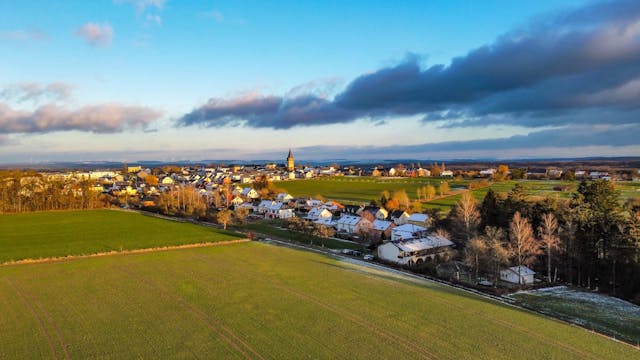Bees, vineyards and drones: Luxembourg launches science platform for smart agriculture

Getty Images
On 24 April 2025, a five-year convention between the Ministry of Agriculture and LIST was officially signed at the laboratories of the Luxembourg Institute of Science and Technology (LIST) in Belvaux. The document defines the framework and objectives of the research co-operation, which since the late 1990s has helped the country's agricultural sector adapt to the challenges of the times. The signing took place in the presence of two key ministers, Martine Hansen and Stéphanie Obertin.
The agreement covers the period 2025-2029 and provides for annual funding of €258,397. The main objective is to provide sustainable scientific support to the country's agricultural, wine and horticultural sectors. In addition to traditional monitoring, LIST will undertake applied projects in the fields of plant health, animal welfare, food security and the One Health concept - an integrated approach to ecosystem health.
Among the key LIST projects featured in the presentation are:
- Sentinelle: pest surveillance, pesticide resistance and climate impact modelling;
- BeeFirst: analysing pesticides in pollen and honey, effects on bee colony health;
- A study of ways to reduce the alcohol content of Luxembourg crémant without loss of flavour;
- The use of drones for vineyard monitoring and the introduction of precision farming.
These projects form the scientific basis on which agrarians will be able to make sustainability and efficiency-oriented decisions.
Etienne Jacqué, Chairman of LIST's Board of Directors, emphasised that the long-term agreement allows teams to be structured and administrative burdens to be minimised. This, in turn, speeds up the response to emergency situations, be it pest infestations or environmental instability.
The event also saw the opening of a specialised Insectes quarantine laboratory, where scientists will be able to study the biology of potentially invasive exotic species under controlled conditions. This is critical for early detection of threats and prevention of harm to agriculture, especially in an era of climate shifts and global trade.





